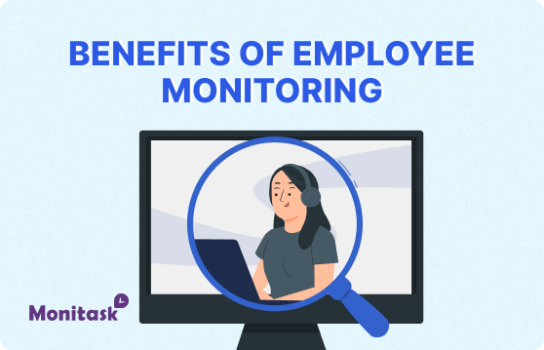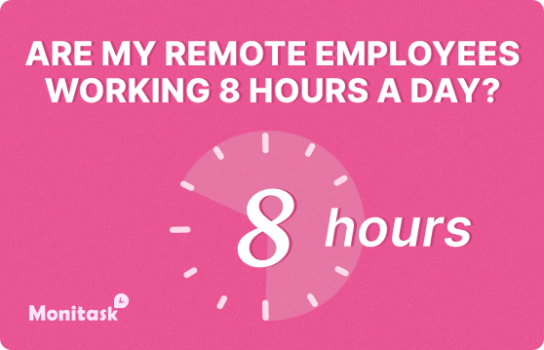Employee Poaching
Employee Poaching: Understanding the Art of Talent Acquisition
In the cutthroat world of business, where talent is often considered the most valuable asset, employee poaching has become a contentious yet prevalent practice. This HR glossary article delves deep into the concept of employee poaching, exploring its implications, legalities, and impact on both organizations and individuals.
What is Employee Poaching?
Employee poaching, also known as talent raiding or talent poaching, refers to the practice of actively recruiting employees from competing organizations. It involves deliberately targeting and enticing skilled professionals to leave their current positions and join a rival company. This strategy is often employed to gain a competitive edge by acquiring top talent, specialized skills, or insider knowledge.
While the term "poaching" may carry negative connotations, it's important to note that this practice is generally legal and widely accepted in many industries. However, the ethics and implications of employee poaching remain subjects of debate among HR professionals, business leaders, and legal experts.
The Mechanics of Employee Poaching
Employee poaching typically involves several steps and strategies:
1. Identification of Target Employees
Companies engaging in poaching often start by identifying key talent within competitor organizations. This may involve researching industry events, analyzing LinkedIn profiles, or utilizing professional networks to pinpoint individuals with desirable skills or experience.
2. Initial Contact and Relationship Building
Once potential candidates are identified, recruiters or hiring managers initiate contact. This could be through direct messages, emails, or even casual encounters at industry events. The goal is to establish a rapport and gauge the employee's potential interest in new opportunities.
3. Presentation of Opportunities
If the employee shows interest, the poaching company presents its offer. This often includes details about the role, company culture, career growth opportunities, and, crucially, the compensation package.
4. Negotiation and Onboarding
If the employee is receptive, negotiations begin. This stage often involves discussions about salary, benefits, job responsibilities, and start dates. Once terms are agreed upon, the onboarding process commences.
The Legalities of Employee Poaching
While employee poaching is generally legal, there are several legal considerations that both poaching companies and employees should be aware of:
Non-Compete Agreements
Many employees are bound by non-compete agreements, which restrict them from working for competitors for a specified period after leaving their current employer. Violating these agreements can lead to legal consequences for both the employee and the poaching company.
Non-Solicitation Clauses
Some employment contracts include non-solicitation clauses, which prevent former employees from recruiting their ex-colleagues for a certain period. Poaching companies should be cautious about hiring employees who may be bound by such agreements.
Trade Secret Laws
Employees who possess knowledge of trade secrets or confidential information may be legally prohibited from sharing this information with new employers. Companies engaging in poaching must be careful not to induce employees to violate these laws.
Tortious Interference
In some cases, aggressive poaching tactics may be considered tortious interference with contractual relations. This occurs when a company intentionally interferes with another company's contractual relationships, including employment contracts.
The Ethics of Employee Poaching
The ethical implications of employee poaching are often debated in the business world. While some argue that it's a legitimate business practice that fosters healthy competition and employee mobility, others contend that it can be detrimental to organizational stability and employee loyalty.
Arguments in Favor of Employee Poaching
- Promotes career growth: Poaching can provide employees with opportunities for advancement and better compensation that may not be available in their current roles.
- Drives innovation: The exchange of talent between companies can lead to cross-pollination of ideas and foster innovation.
- Enhances market competitiveness: Poaching encourages companies to invest in their employees and maintain competitive compensation packages to retain top talent.
Arguments Against Employee Poaching
- Disrupts organizational stability: Frequent poaching can lead to high turnover rates, affecting team dynamics and productivity.
- Increases costs: Companies may be forced to offer inflated salaries to retain or attract talent, potentially leading to unsustainable wage inflation.
- Erodes trust: Aggressive poaching tactics can damage relationships between companies and create a cutthroat industry environment.
The Impact of Employee Poaching on Organizations
Employee poaching can have significant ramifications for both the poaching company and the company losing talent:
For the Poaching Company
- Acquisition of skilled talent: Poaching allows companies to quickly acquire experienced professionals who can hit the ground running.
- Competitive advantage: By attracting top talent from competitors, companies can gain insider knowledge and potentially weaken their rivals.
- Cultural challenges: Integrating poached employees into the existing company culture can be challenging and may lead to friction if not managed properly.
For the Company Losing Talent
- Loss of expertise: When key employees are poached, companies lose not only their skills but also their institutional knowledge.
- Decreased morale: The departure of colleages can negatively impact team morale and potentially lead to a domino effect of resignations.
- Increased costs: Companies may need to invest in recruiting and training new employees or offer higher salaries to retain remaining staff.
Strategies to Prevent Employee Poaching
While it's impossible to completely prevent employee poaching, organizations can implement strategies to minimize its impact:
1. Competitive Compensation and Benefits
Regularly review and adjust compensation packages to ensure they remain competitive within the industry. This includes not only salaries but also benefits, bonuses, and perks.
2. Focus on Employee Engagement and Satisfaction
Create a positive work environment that fosters employee loyalty and job satisfaction. This can include opportunities for professional development, work-life balance initiatives, and recognition programs.
3. Career Development Opportunities
Provide clear career paths and growth opportunities within the organization. Employees who see a future with their current employer are less likely to be swayed by outside offers.
4. Strong Company Culture
Cultivate a unique and appealing company culture that aligns with employee values. A strong cultural fit can be a powerful retention tool.
5. Legal Protections
Implement appropriate non-compete and non-solicitation agreements, ensuring they are legally enforceable and reasonable in scope.
The Role of HR in Managing Employee Poaching
Human Resources plays a crucial role in both preventing employee poaching and managing its effects:
Talent Retention Strategies
HR professionals should develop and implement comprehensive talent retention strategies, including regular salary reviews, career development programs, and employee engagement initiatives.
Exit Interviews
Conducting thorough exit interviews with departing employees can provide valuable insights into why talent is leaving and help identify areas for improvement.
Succession Planning
Developing robust succession plans can help mitigate the impact of key employees being poached by ensuring continuity in critical roles.
Legal Compliance
HR must work closely with legal teams to ensure that all employment contracts, non-compete agreements, and other legal protections are in place and enforceable.
The Future of Employee Poaching
As the business landscape continues to evolve, so too will the practice of employee poaching. Several trends are likely to shape its future:
1. Increased Use of Technology
Advanced AI and data analytics tools will make it easier for companies to identify and target potential recruits, potentially making poaching more prevalent and sophisticated.
2. Shift in Employee Loyalty
As younger generations enter the workforce with different expectations and career goals, the concept of long-term employee loyalty may continue to evolve, potentially normalizing frequent job changes.
3. Remote Work Implications
The rise of remote work has expanded the talent pool globally, potentially increasing opportunities for poaching across geographical boundaries.
4. Ethical Considerations
There may be increased scrutiny and potential regulation around aggressive poaching practices, particularly in industries where such activities could have broader societal impacts.
Conclusion
Employee poaching remains a complex and controversial aspect of talent acquisition and retention. While it can provide opportunities for individual career growth and drive innovation, it also poses challenges for organizational stability and employee loyalty. As the business landscape continues to evolve, companies must strike a balance between aggressive talent acquisition strategies and creating an environment that nurtures and retains their existing workforce.
Ultimately, the key to navigating the world of employee poaching lies in understanding its mechanics, legal implications, and ethical considerations. By fostering a strong company culture, providing competitive compensation and growth opportunities, and implementing effective retention strategies, organizations can protect themselves against the negative impacts of poaching while still participating in the broader talent ecosystem.
As HR professionals and business leaders grapple with these challenges, it's clear that employee poaching will continue to be a significant factor in shaping the future of work and talent management. Those who can navigate this landscape effectively will be well-positioned to attract and retain the talent needed to drive their organizations forward in an increasingly competitive global marketplace.


